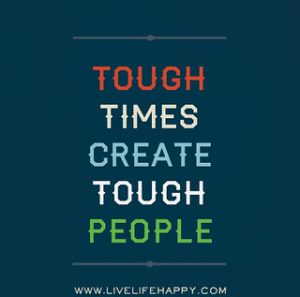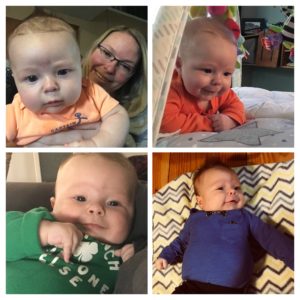by Dr. Krysten Pampel
This is an assignment that my students complete in my MAT256 course at the beginning of the semester. (link to the assignment) I have been asked by multiple students about my own mathography and since the theme this week is HEART, I thought I would take this opportunity to create and share my mathography.
Dear MAT256 & 257 Students,
My name is Dr. Krysten Pampel, and I will be your instructor for this course. My hobbies include watching movies, scrapbooking, reading, and have grown since the pandemic to include daily mediation and knitting. I like various genres of movies but tend to watch action, superhero, and animated films most often. I have knit 4 blankets so far, the first one was arm knit, then I did a finger knit blanket, and my last two were knitted using needles. One of my biggest accomplishments has been daily meditation since the thought of sitting still, in almost silence, used to make my skin crawl. I always felt like I needed to be moving, producing, or changing something in order to feel peace. Meditation has helped me with my anxious thoughts and brings me more peace than I would have guessed. This practice has given me the gift of relaxation, something most people who meet me ask if I ever get any of.
I have always admired my parents since they have never been afraid to try something new. My parents have served in the army and have worked as plumbers, locksmiths, administrative assistants, police dispatchers, accountants, enrolled agents, and their most recent adventure has been over the road truck driving. They have encouraged me to do what brings me joy and if I ever lose that joy never be afraid to try something new. They inspire me to remain flexible and try new things. I am still aspiring to embrace change without resistance but I know we all have areas of growth. There are seven people in my immediate family, my mother, father, sister, nephew, husband, son, and myself. I also have a grandmother that is almost 90 that I care for on a regular basis.
I love learning. I have always felt like a bottomless well and that my thirst for new knowledge and challenges can never be quenched. I am blessed to have a job I love and the ability to learn even more within my career. My favorite classes when I attended Glendale Community College were world religion, psychology, and bio medical ethics. I had no idea what I wanted to do when I started at GCC but I always gravitated toward mathematics courses. I earned my bachelor’s degree from Arizona State University in secondary education mathematics, my master’s degree from the University of Phoenix in adult education and training, and my doctorate degree from Arizona State University in Research in Undergraduate Mathematics Education. I have five years of experience teaching at the high school level and six years of experience teaching at the Paradise Valley Community College as an Adjunct Faculty. This is my fifth year as a Residential Faculty member at Glendale Community College.
My love for mathematics stems from a singular event in my high school education. I attended Ironwood High School and in my first semester of freshman year, I took a math course that was challenging and was the first time I had struggled to understand the content in front of me. I barely passed the class and in the next semester took yet another math course. I was terrified that I would have the same problem with comprehension. However, as we have all come to see there is a fair amount of cyclical review that occurs in mathematics courses. I was reintroduced to the same concepts in this new course and found that my struggles before had little to do with the content but rather how the content was being taught. At that moment, I realized the power of teaching. The power does not reside in the content presented but in the presentation of the content.
Even though my love of math is strong, my love for teaching is stronger. I have a passion for teaching teachers and I am fortunate I have the amazing opportunity to teach all of you mathematical strategies that will aid you in teaching the next generation. I believe that every student, and therefore every teacher, has the capacity to learn, stay flexible, and grow. This flexibility manifests when you are not afraid to try something new. Shaking things up like lessons, activities, tools, etc. hones your craft and makes you stronger than you ever thought possible. It will be my goal for these two courses (MAT256 and MAT257) to open your minds up to alternative math strategies and remind you how powerful you become when you try something new.
Sincerely,
Dr. Krysten Pampel


